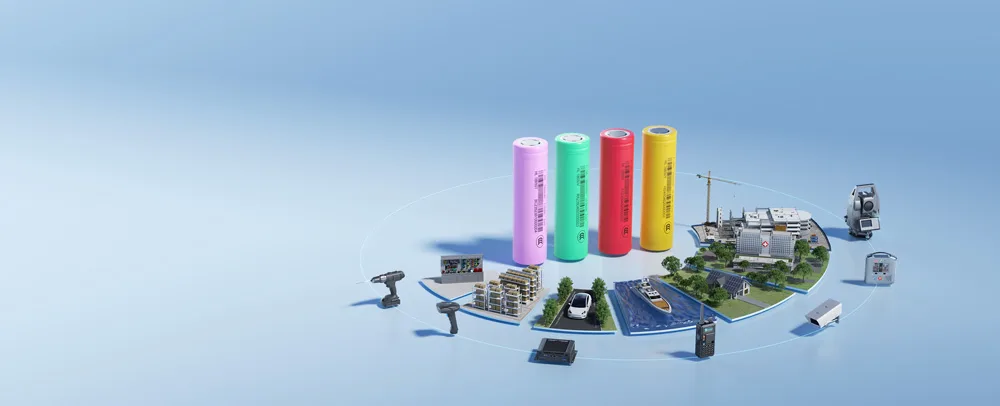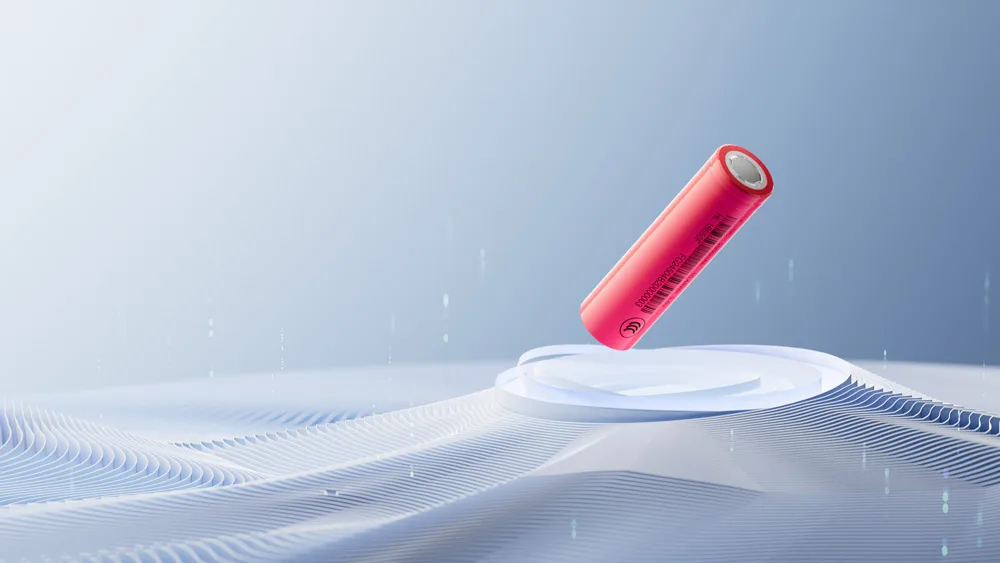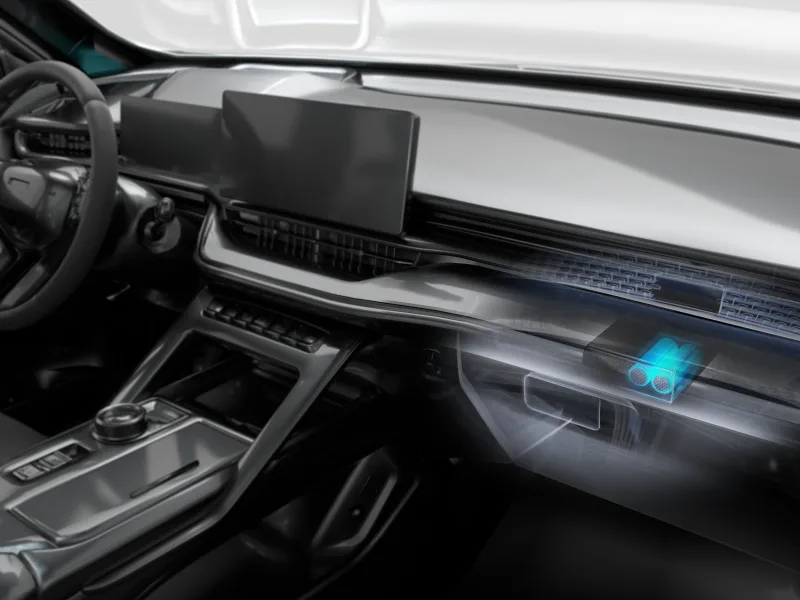In the fast-evolving world of portable power, Lithium-ion Battery have become a cornerstone of modern technology. Among the various Lithium-ion Battery formats, the 14500 Lithium-ion Battery stands out for its compact size, reliability, and performance. If you’ve ever wondered what a 14500 battery is, how it compares to other types, and where it fits into the broader landscape of rechargeable cells, this article will provide a clear and thorough explanation.
Understanding the 14500 Battery
The 14500 lithium-ion battery is a rechargeable cylindrical battery that shares the same dimensions as a standard AA battery—14mm in diameter and 50mm in length. Despite the identical size, the internal chemistry and output characteristics of a 14500 battery set it apart from regular AA alkaline or NiMH cells.
A typical 14500 battery has a nominal voltage of 3.7V, significantly higher than the 1.5V of alkaline AA batteries. This difference in voltage makes it unsuitable as a direct replacement for AA batteries in most devices unless those devices are explicitly designed to support 3.7V inputs.
14500 cells usually offer a capacity between 600mAh and 1000mAh, depending on the manufacturer and discharge rate. Though smaller than their larger counterparts like the 18650 battery, 14500 cells deliver impressive energy density in a compact format, making them ideal for lightweight, high-drain applications.
Chemistry and Construction
Most 14500 batteries use Lithium-ion (Li-ion) chemistry, offering a balance of high energy density, rechargeability, and lifespan. Some may be built using LiFePO4 (Lithium Iron Phosphate) chemistry, which provides enhanced safety and a slightly lower voltage (typically 3.2V) but with longer cycle life.
Like other lithium-ion cells, 14500 batteries typically include a protection circuit to prevent overcharging, over-discharging, and short circuits. Protected versions are slightly longer (about 52-53mm) due to the added circuitry, while unprotected ones stick closer to the standard 50mm.
14500 vs. AA Batteries
While they look similar, AA and 14500 batteries are fundamentally different:
| Feature | AA Battery | 14500 Battery |
| Chemistry | Alkaline/NiMH | Lithium-ion |
| Nominal Voltage | 1.5V (Alkaline), 1.2V (NiMH) | 3.7V |
| Rechargeable | Only some (e.g., NiMH) | Yes |
| Capacity | ~2000-3000mAh (NiMH) | ~600-1000mAh |
| Use in Electronics | Widely compatible | Limited to specific devices |
Due to the voltage difference, it’s essential not to substitute a 14500 battery in a standard AA device unless it specifically supports 3.7V inputs.
Applications of 14500 Lithium-ion Battery
The 14500 battery is widely used in compact electronic devices that require higher voltage and power output than what AA batteries can provide. Common applications include:
LED flashlights and tactical torches
Laser pointers
Miniature drones and RC devices
Smart sensors and IoT devices
Portable medical equipment
Wearable electronics
Electric toothbrushes and grooming tools
The combination of compact size and relatively high voltage makes the 14500 a preferred choice for engineers and designers working in space-constrained environments where performance can’t be compromised.

Advantages of 14500 Lithium-ion Battery
High Energy Density: 14500 batteries deliver more energy per unit weight compared to AA alternatives.
Lightweight and Compact: Ideal for portable and wearable devices.
Rechargeable: Reduces waste and long-term cost compared to disposable batteries.
Stable Voltage: Maintains consistent output over most of the discharge cycle.
Longer Cycle Life: Can be charged hundreds of times when properly managed.
Safety Considerations
As with all lithium-ion batteries, safety is critical. Users should:
Use only the recommended charger for 14500 cells.
Avoid overcharging or deep discharging.
Store batteries in cool, dry places.
Choose protected cells for added safety.
Improper handling can lead to overheating, leakage, or even fire. That’s why reputable manufacturers incorporate multiple safety layers in both battery construction and packaging.
Choosing the Right 14500 Battery
When selecting a 14500 battery, consider:
Device compatibility (voltage and size)
Required discharge current
Whether protection is needed
Operating temperature range
Brand reliability and certification
Not all 14500 batteries are created equal, and performance can vary significantly depending on the manufacturer and intended application.
Powering Innovation with UltraXel’s 14500 Lithium-ion Battery
UltraXel’s 14500 Lithium-ion Battery combine cutting-edge lithium-ion chemistry with meticulous quality control and robust design. They deliver stable voltage, high-rate discharge rates, and outstanding performance even in extreme temperature environments. With global safety certifications and customization options for capacity, discharge current, and protection features, UltraXel’s batteries are tailored to meet the demands of industries like wearable tech, healthcare, smart electronics, and LED systems.
Whether you’re developing a new generation of smart devices or upgrading an existing product, UltraXel provides the power, reliability, and flexibility to move your ideas forward. Trust UltraXel for performance-driven energy solutions that keep innovation charged.





